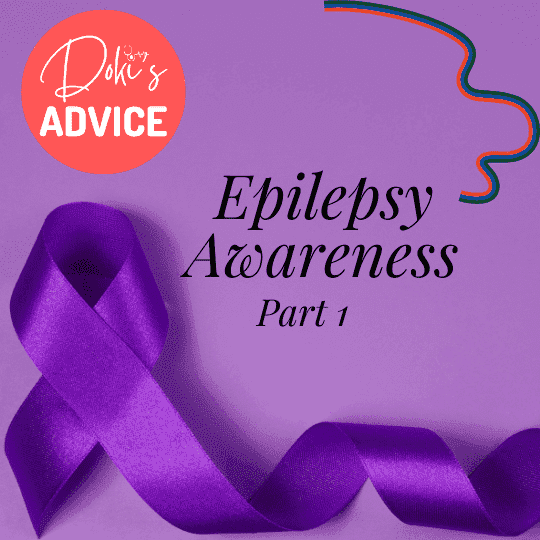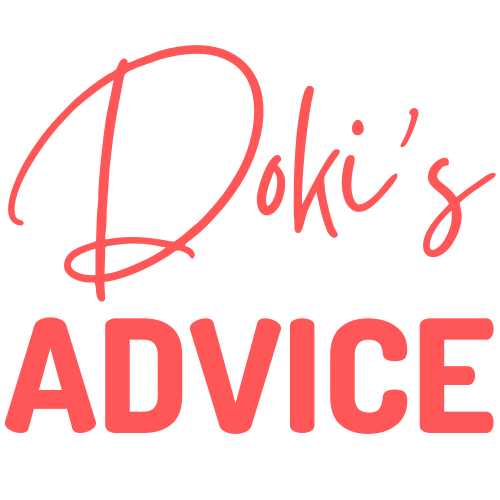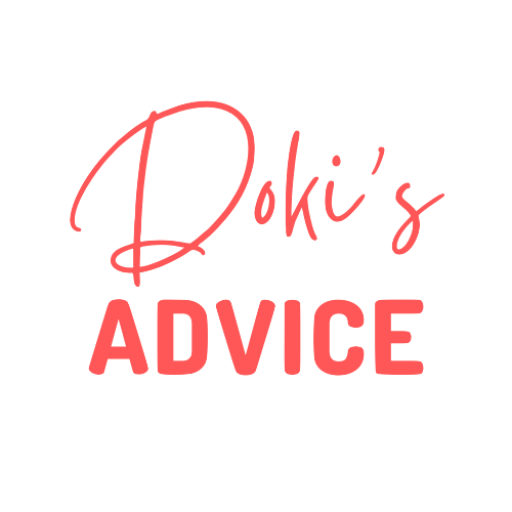Epileptic Seizures and Epilepsy

Disclaimer: This article is majorly for public Education. As a medical practitioner reading this, you are obligated to know more than these basics.
Consider your nerves as fine electrical fibres that conduct impulses to various muscles and organs leading to coordinated muscle and organ functions.
Now consider your Brain as the control centre of all these wires consisting of complex circuits and connections.
A Seizure is an abrupt non synchronised electrical disturbances and conductions.
Before we go FAR, we want to make it Clear that not everyone who has suffered a Seizure has EPILEPSY.
EPILEPSY is defined as a chronic neurologic disorder with predisposition of epileptic seizures.
So careful: People having EPILEPSY as a diagnosis will always have recurrent seizures at points of their lives.
BUT NOT Everyone who has a Seizure has EPILEPSY. Confusing as it is; not all seizures =Epilepsy. (Read it again carefully)
Classification of Seizures.
1.General Seizures: Electrical disturbances in the whole brain.
2.Partial Seizures: Disturbances in one part of the brain.
CAVE: partial seizures can transit to general Seizures.
General Seizures:
Under this Category we have.
a) Tonic-Clonic Seizures: with muscle stiffness and Jerking.
b) Absence Seizures: No jerking involved, just a transient loss of awareness: Affected just stare absent mindedly.
c) Atonic seizures: loss of muscle strength.
d) Myoclonic: Rhythmic muscle jerking without stiffness.
Partial Seizures:
a) complex partial: Loss of consciousness and awareness.
b) Simple partial seizure: No loss of Awareness.
Causes of Symptomatic Seizures:
- Traumatic Brain Injury.
- Strokes
- Intracranial surgeries.
- Metabolic disturbances (low blood sugar low calcium, sodium…)
- Acute infections of CNS like meningitis.
- Alcohol withdrawal
- Recreational drug use.
There are stimuli that also trigger seizures these may include:(These can be observed on people with or without epilepsy)
- Sleep deprivation
- Flashing lights
- Some genres of music
- Hormonal Changes.
Again, be reminded: Not all seizures mean the affected have Epilepsy:
MANAGEMENT OF SEIZURES:
Disclaimer: As a clinician reading this, you will need much more knowledge than this.
Why is this important?
In as much as most seizures last for 2-3 mins on average,
epileptic Seizures past 5 mins are known as status epilepticus and might cause irreversible brain damage if not intervened and broken, it could also lead to death.
This is how to conduct yourself when a victim suddenly develops a seizure in your presence:
Easier said than done:(not necessarily in this order, but have a structure)
1.Stay calm, observe the nature of the seizure. Note the beginning of the seizure and immediately alert the paramedics, since it’s not predictable how long a seizure lasts.
2.Do not try to physically stop a seizure.
3.Secure the Surroundings to ensure no further injuries occur.
4.Loosen tight clothes such as Ties and belts.
5.If it’s a person with known history of seizures (a family member for instance) check their emergency kit, if there is an acute seizure pill/spray/ injection.
6.When the Seizure ends and the patients are still in the post seizure sleep, secure the airway using the stable Side recovery position, In case of a foaming mouth, this manoeuvre should be done as soon as possible.
Diet for epilepsy
The most well-established dietary therapy for epilepsy is the ketogenic diet (high fat, adequate protein, low carbohydrate). Other diets with great potential for managing epilepsy are the Atkins diet (high fat, high protein, low carbohydrate), a diet enriched in polyunsaturated fatty acids, and a diet with overall restriction of calorie intake.
The modality of work of the ketogenic diet is through the anticonvulsant effect of fasting/ starvation as protein digestion becomes the primary source of energy and not the carbohydrates thus tricking the brain that it is starved. In the ketogenic diet, the body produces ketones through the process of ketosis. The ketones then inhibit the release of glutamate which is an excitatory neurotransmitter and produce GABA which is an inhibitory neurotransmitter. The ketones also prevent degradation of GABA and thus lead to better seizure control through the combined effect of GABA and inhibition of release of glutamate. It is effective in all people, but more effective in toddlers and school going ages. It helps in all convulsions, but more specific about 50% of patients treated with the ketogenic diet exhibit 50% or more reduction in seizure frequency.
Examples of foods that make the ketogenic diet are: dairy (cheese, plain Greek yoghurt, cottage cheese), unsweetened plant based milk, seafood (fish and shellfish), green leafy vegetables (salad greens, cooking greens and herbs), peppers (small hot peppers, jalapenos, bell peppers and poblanos), summer squash, avocadoes, cauliflower, turnips, poultry, meat (preferably grass-fed due to higher content of omega 3 fatty acid and conjugated linoleic acid), nuts and seeds, berries (especially raspberries and strawberries), dark chocolate and cocoa powder, olive oil, butter and ghee, unsweetened tea and coffee and unsweetened sparkling water etc.
Keto diets can be restrictive at first and can have some side effects: dizziness, digestive changes, increased cholesterol etc. Of essence is to ensure a variety of foods are eaten so as to meet the daily requirements. At the beginning, it also important to keenly monitor carb intake and discontinue the diet if side effects are severe.
Some vegetables should be avoided while on the ketogenic diet, the main reason being that their carb amounts are high. These are: potatoes (Irish and sweet potatoes), onions (especially in large amounts), certain winter squashes (such as acorn squash and butternut squash), corn and beets.
The Atkins diet is also a low carb diet with high protein and fat intake. In essence, the Atkins diet is quite like the ketogenic diet. The difference is that with the Atkins diet, you gradually increase your carb intake while with the ketogenic diet, the carb intake remains very low.
NB: Before starting any diet it’s important to seek medical advice just to be sure that the diet you plan undertaking won’t further affect your health.
We sure shall do another Article on Seizures and Epilepsy. It’s a broad topic.

